10 Weird & Wonderful Facts About the Chemistry Behind Making Slime
Slime, a gooey substance that has captured the imagination of children and adults alike, is more than just a playful toy. It represents a fascinating intersection of chemistry and creativity, where simple ingredients combine to create a tactile experience that is both mesmerizing and educational. The allure of slime lies not only in its vibrant colors and textures but also in the mysterious chemical reactions that transform ordinary household items into a magical, stretchy substance. This article will delve into 10 captivating insights about the curious chemistry crafting slime magic, exploring the scientific principles that underpin its creation and the broader implications for learning and innovation. By understanding the chemistry behind slime, we gain a deeper appreciation for the wonders of science and the endless possibilities it offers for discovery and exploration.
1. The Basic Building Blocks: Polymers and Cross-Linking
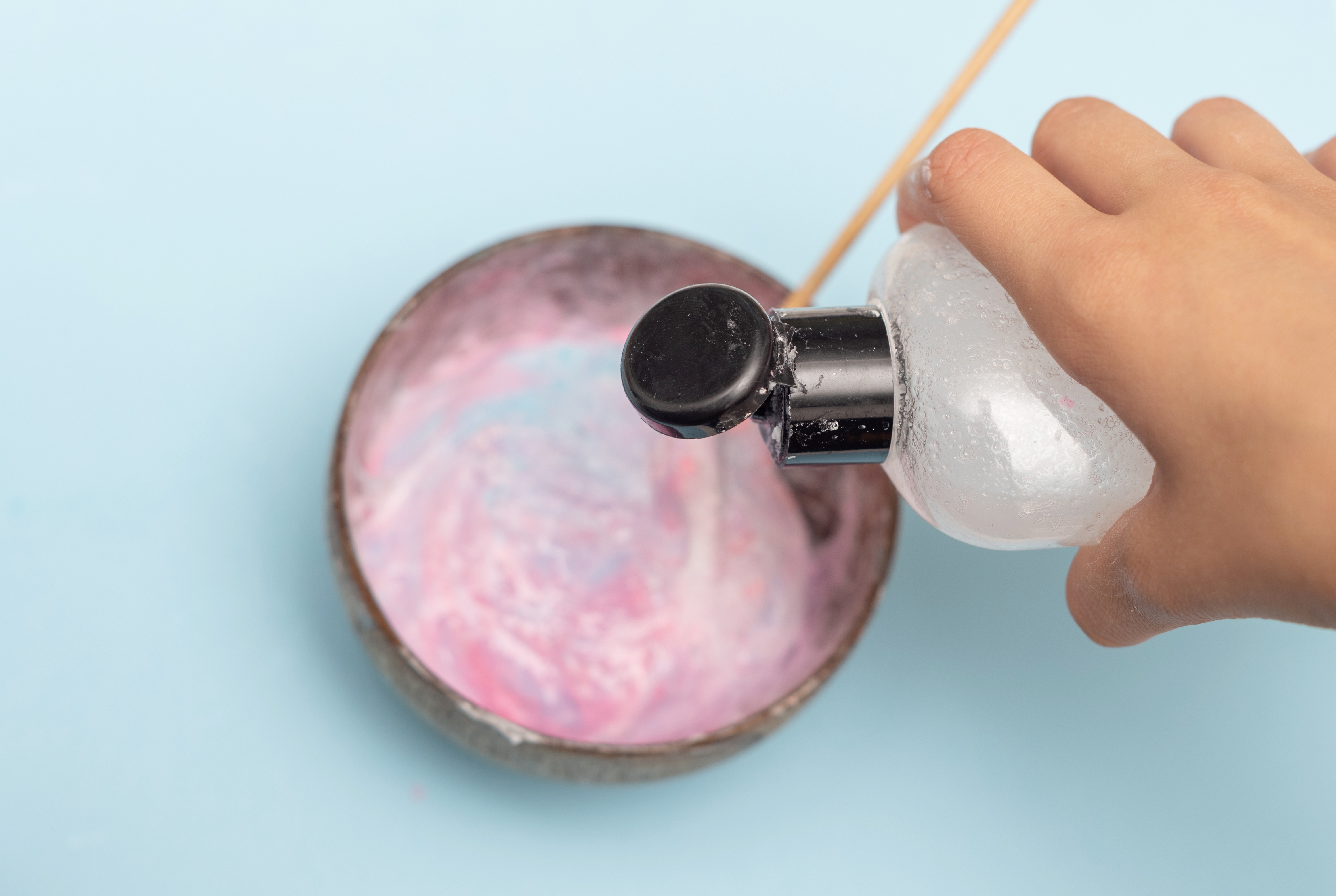
At the heart of slime's unique properties is its polymeric structure. Polymers are long chains of repeating molecular units, and in the case of slime, these are typically composed of polyvinyl alcohol (PVA) or similar substances. When a cross-linking agent, such as borax, is introduced, it forms bridges between these polymer chains, creating a network that gives slime its characteristic elasticity and viscosity. This process of cross-linking is a fundamental concept in chemistry, illustrating how molecular interactions can dramatically alter the physical properties of a substance. The ability to manipulate these interactions allows for the creation of slimes with varying consistencies, from stretchy and gooey to firm and bouncy, showcasing the versatility of polymer chemistry.
2. The Role of Borax: Catalyst of Transformation

Borax, a common household item, plays a crucial role in the slime-making process. It acts as a cross-linking agent, facilitating the formation of connections between polymer chains. This transformation is a classic example of a chemical reaction, where the addition of borax to a polymer solution results in a change in the material's properties. The borate ions from borax interact with the hydroxyl groups in PVA, forming a network that traps water and creates the gel-like consistency of slime. Understanding the role of borax not only highlights the importance of chemical catalysts but also emphasizes the delicate balance required to achieve the desired texture and elasticity in slime.
3. Viscosity and Elasticity: The Science of Stretch
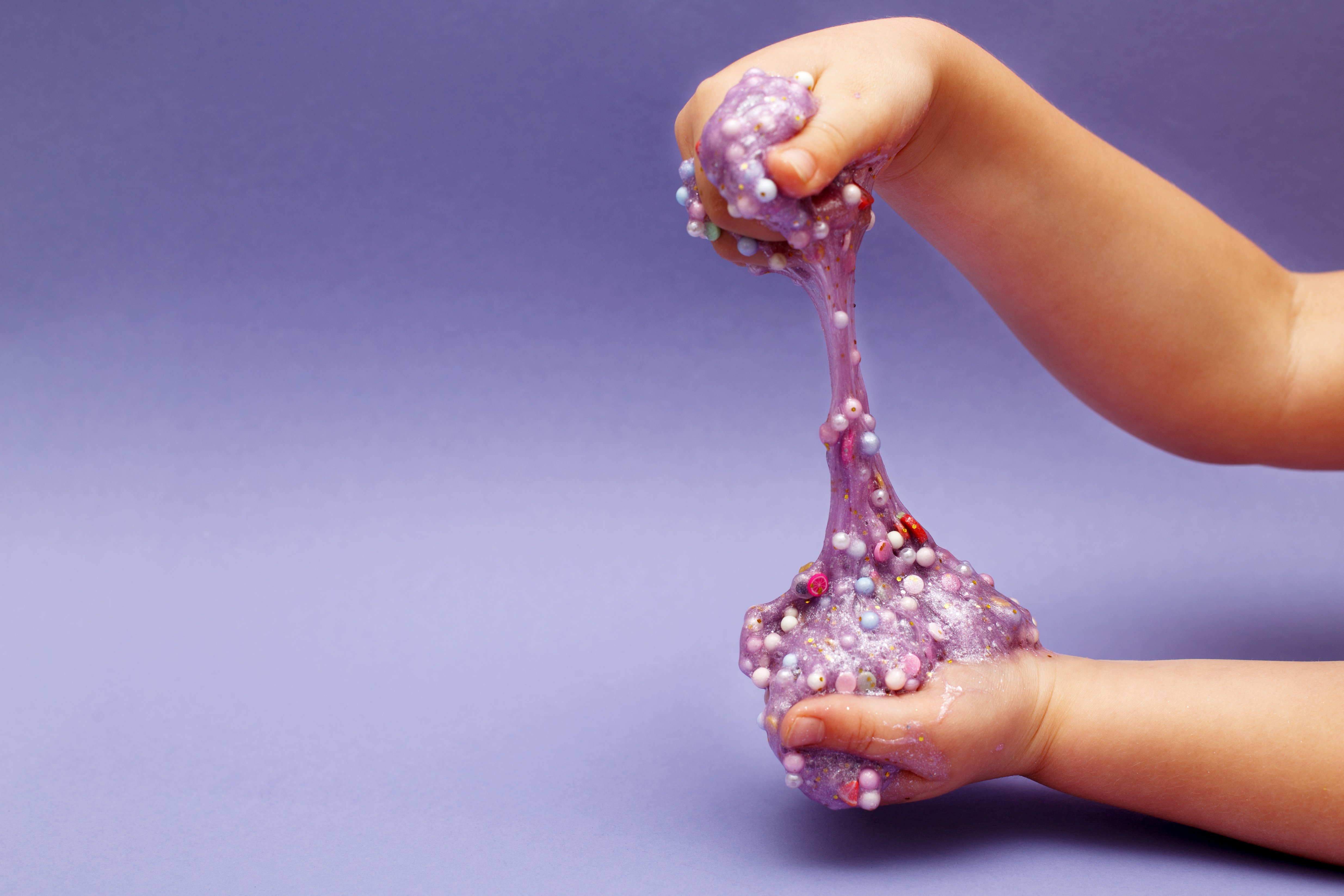
The mesmerizing stretch and flow of slime are a direct result of its unique viscoelastic properties. Viscosity refers to a fluid's resistance to flow, while elasticity describes its ability to return to its original shape after being deformed. Slime exhibits both of these characteristics, making it a fascinating subject for scientific exploration. The interplay between viscosity and elasticity is influenced by the concentration of polymers and cross-linking agents, as well as the temperature and shear forces applied to the slime. By manipulating these variables, one can create slimes with a wide range of textures and behaviors, offering endless possibilities for experimentation and discovery.
4. Color and Texture: The Art of Personalization
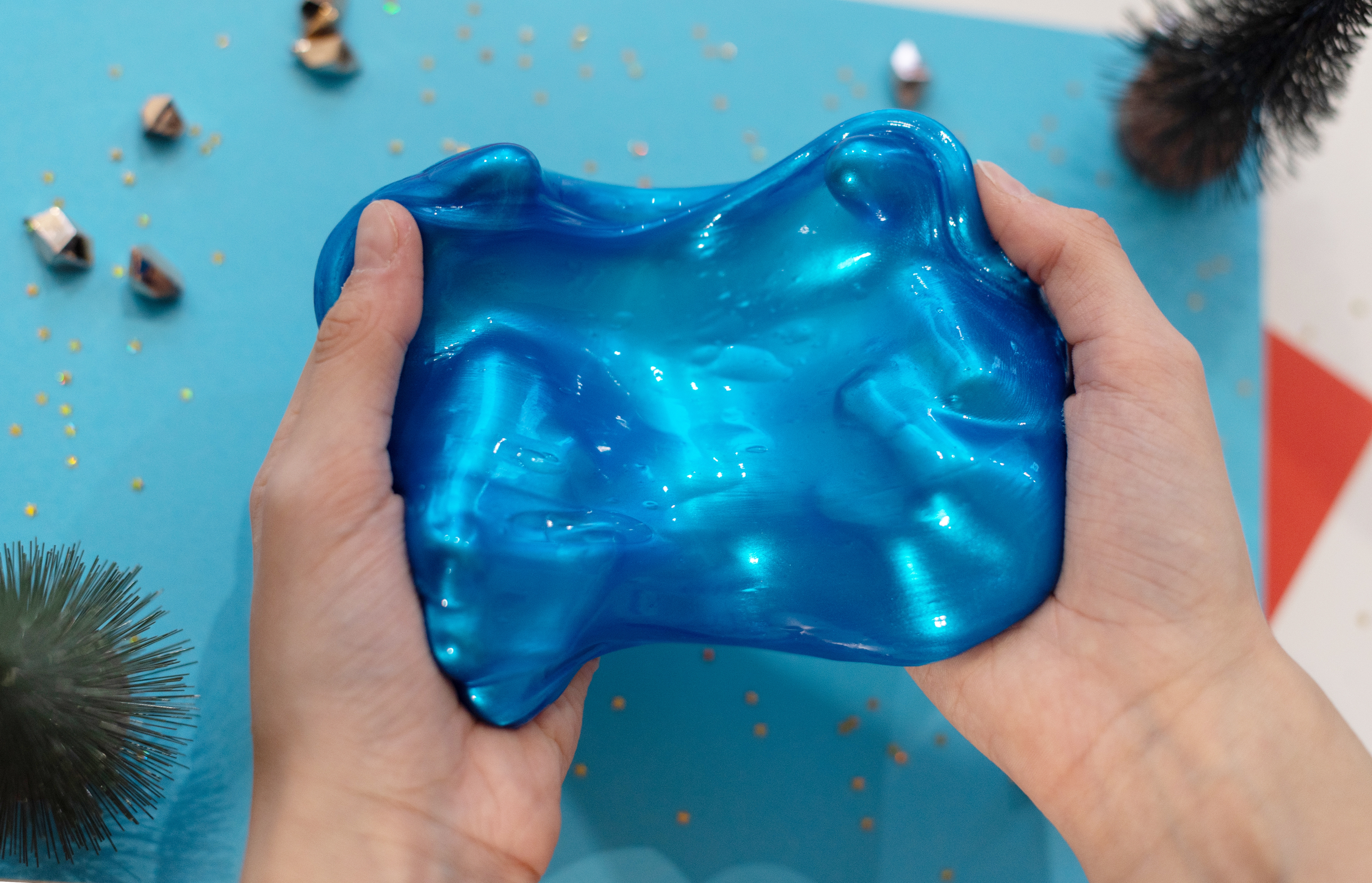
One of the most appealing aspects of slime is the ability to customize its color and texture. This personalization is not just an artistic endeavor but also a chemical one. Dyes and pigments are added to slime to create vibrant hues, while additives like glitter, beads, and foam balls introduce new textures and tactile sensations. The choice of colorants and additives can influence the overall composition and stability of the slime, requiring careful consideration of their chemical compatibility. This process of personalization encourages creativity and experimentation, allowing individuals to explore the intersection of art and science in a tangible and engaging way.
5. Non-Newtonian Fluids: The Slime Paradox
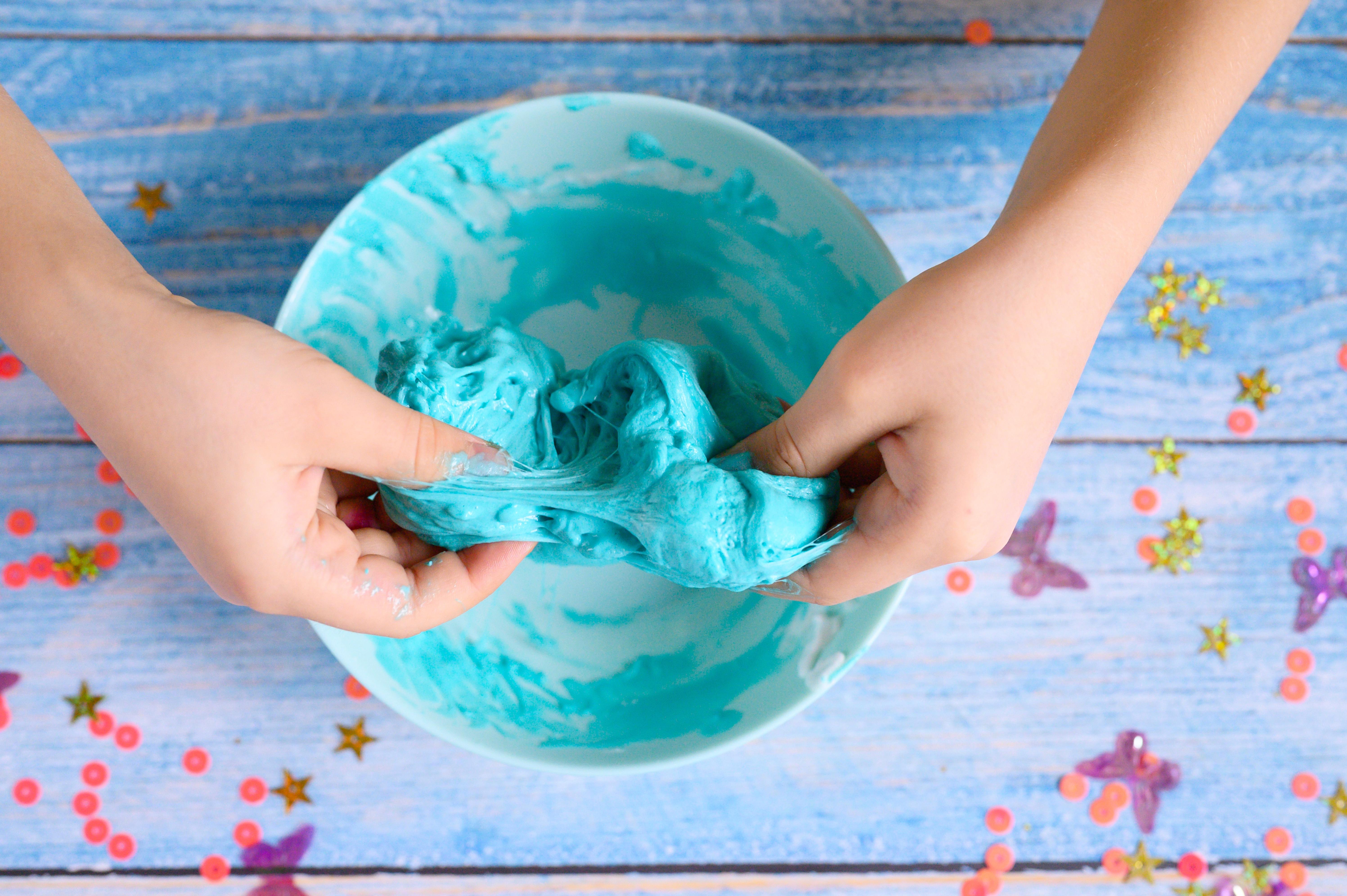
Slime is classified as a non-Newtonian fluid, meaning its viscosity changes under stress or shear force. Unlike Newtonian fluids, which maintain a constant viscosity regardless of applied force, non-Newtonian fluids like slime can become more liquid-like or solid-like depending on how they are handled. This paradoxical behavior is a result of the complex interactions between polymer chains and cross-linking agents, which can rearrange and adapt to external forces. The study of non-Newtonian fluids provides valuable insights into the behavior of complex materials, with applications ranging from industrial processes to biomedical engineering.
6. The Educational Value of Slime: A Gateway to Science

Slime is more than just a fun activity; it is a powerful educational tool that introduces fundamental concepts in chemistry and physics. Through the process of making and playing with slime, individuals can learn about polymers, cross-linking, viscosity, and non-Newtonian fluids. This hands-on experience fosters curiosity and critical thinking, encouraging learners to ask questions and seek answers through experimentation. The simplicity and accessibility of slime make it an ideal gateway to science, inspiring the next generation of scientists and innovators to explore the wonders of the natural world.
7. Safety and Environmental Considerations
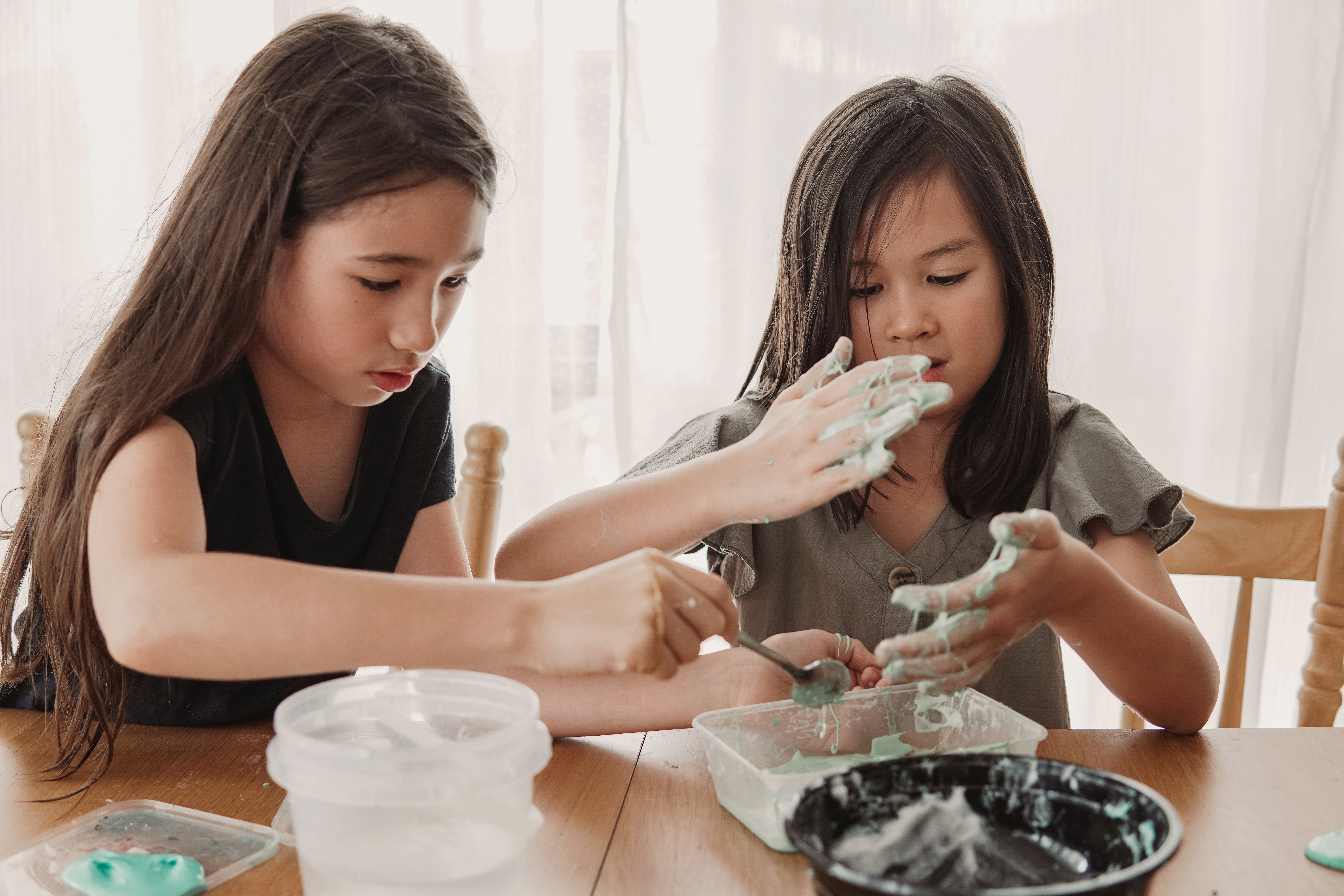
While slime is generally safe to make and play with, it is important to consider the safety and environmental impact of its ingredients. Borax, for example, can be irritating to the skin and eyes, requiring careful handling and supervision, especially with young children. Additionally, the disposal of slime and its components should be done responsibly to minimize environmental harm. By exploring alternative, eco-friendly ingredients and practices, we can ensure that the enjoyment of slime does not come at the expense of health and sustainability. This consideration of safety and environmental impact highlights the broader responsibility of scientists and consumers to make informed and ethical choices.
8. Slime in Popular Culture: From Trend to Phenomenon

The rise of slime as a cultural phenomenon can be traced back to its viral presence on social media platforms, where creators share videos of their unique slime creations and techniques. This trend has transformed slime from a simple childhood pastime into a global sensation, with dedicated communities and businesses emerging around the craft. The popularity of slime reflects a broader societal interest in DIY projects, sensory experiences, and creative expression. By examining the cultural impact of slime, we gain insight into the ways in which science and art intersect in contemporary society, influencing trends and shaping consumer behavior.
9. Advanced Slime Chemistry: Innovations and Discoveries
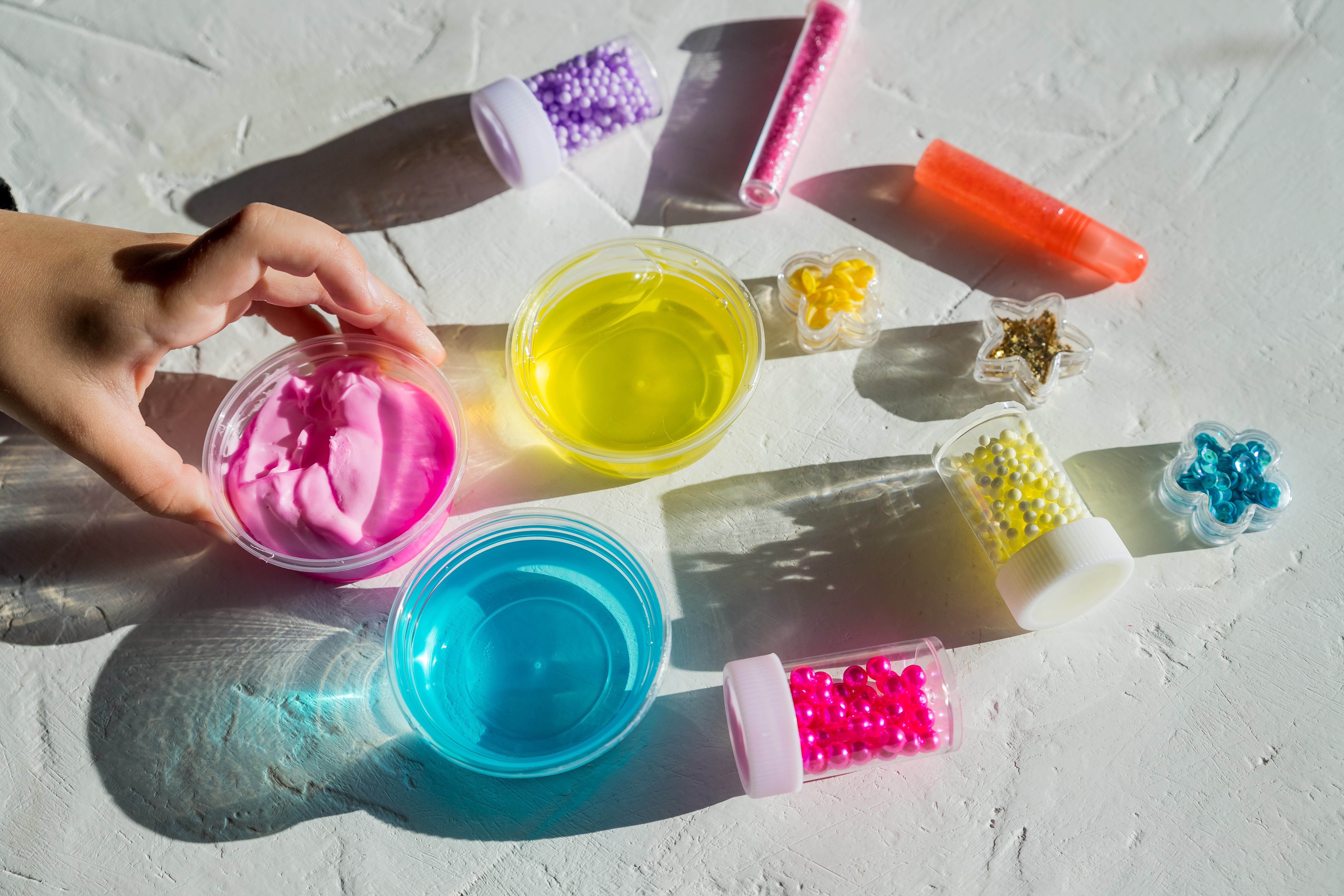
The basic principles of slime chemistry have paved the way for advanced research and innovation in the field of materials science. Scientists are exploring new formulations and techniques to create slimes with enhanced properties, such as increased durability, biocompatibility, and responsiveness to environmental stimuli. These innovations have potential applications in areas such as drug delivery, tissue engineering, and soft robotics, demonstrating the far-reaching implications of slime chemistry beyond the realm of play. By pushing the boundaries of what is possible with slime, researchers are uncovering new frontiers in science and technology.
10. The Therapeutic Benefits of Slime: Stress Relief and Mindfulness
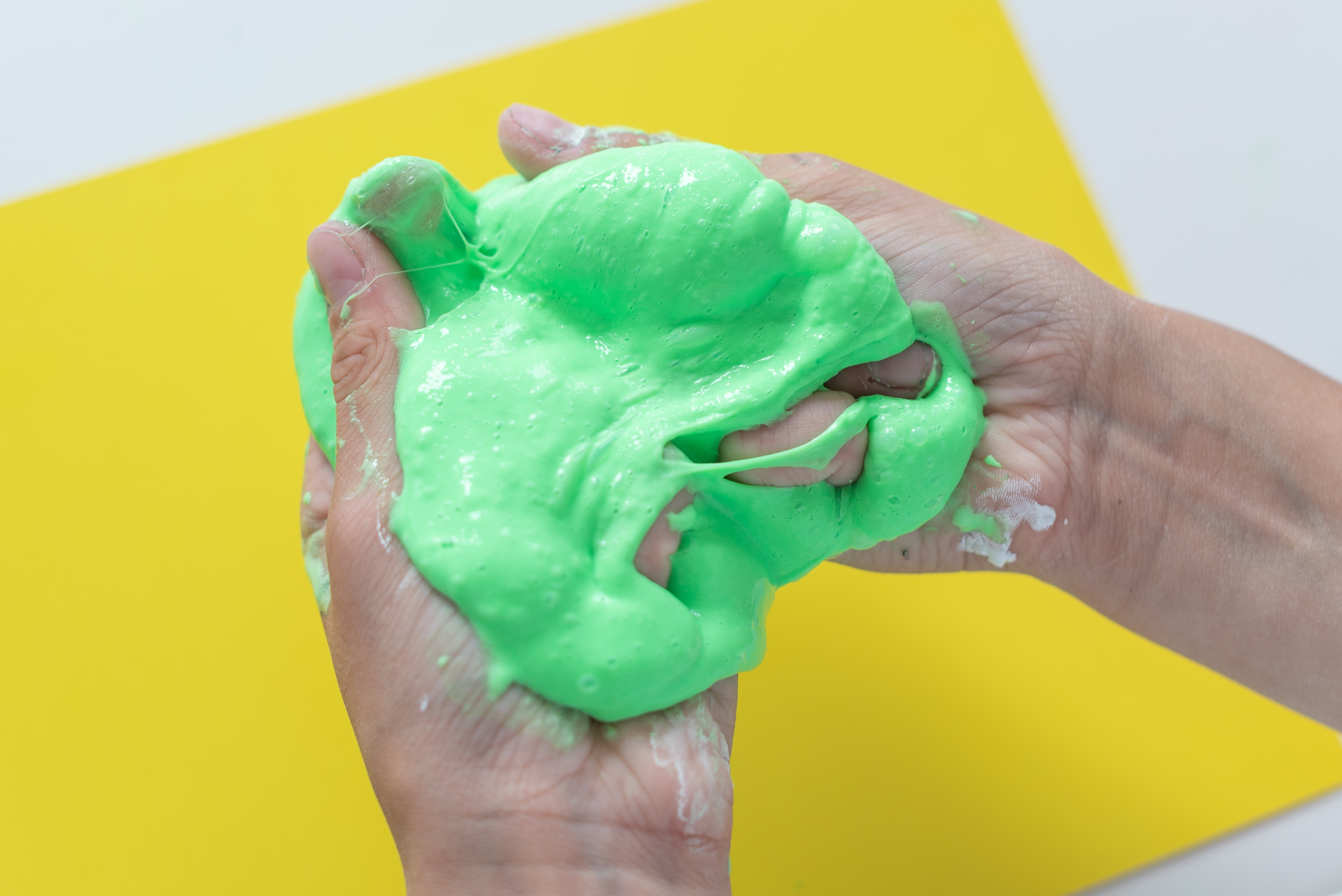
In addition to its educational and cultural significance, slime offers therapeutic benefits as a tool for stress relief and mindfulness. The tactile experience of kneading and stretching slime can be soothing and meditative, providing a sense of calm and focus. This sensory engagement can help alleviate anxiety and promote relaxation, making slime a valuable resource for mental health and well-being. The therapeutic potential of slime underscores the importance of sensory experiences in our daily lives and highlights the ways in which simple activities can contribute to overall wellness.
The curious chemistry of slime is a testament to the power of science to inspire wonder and creativity. From its basic building blocks to its advanced applications, slime offers a unique opportunity to explore the intersection of chemistry, art, and culture. By delving into the captivating insights of slime magic, we gain a deeper appreciation for the complexities of the natural world and the endless possibilities for discovery and innovation. As we continue to explore the mysteries of slime, we are reminded of the importance of curiosity and imagination in the pursuit of knowledge and the joy of learning.







